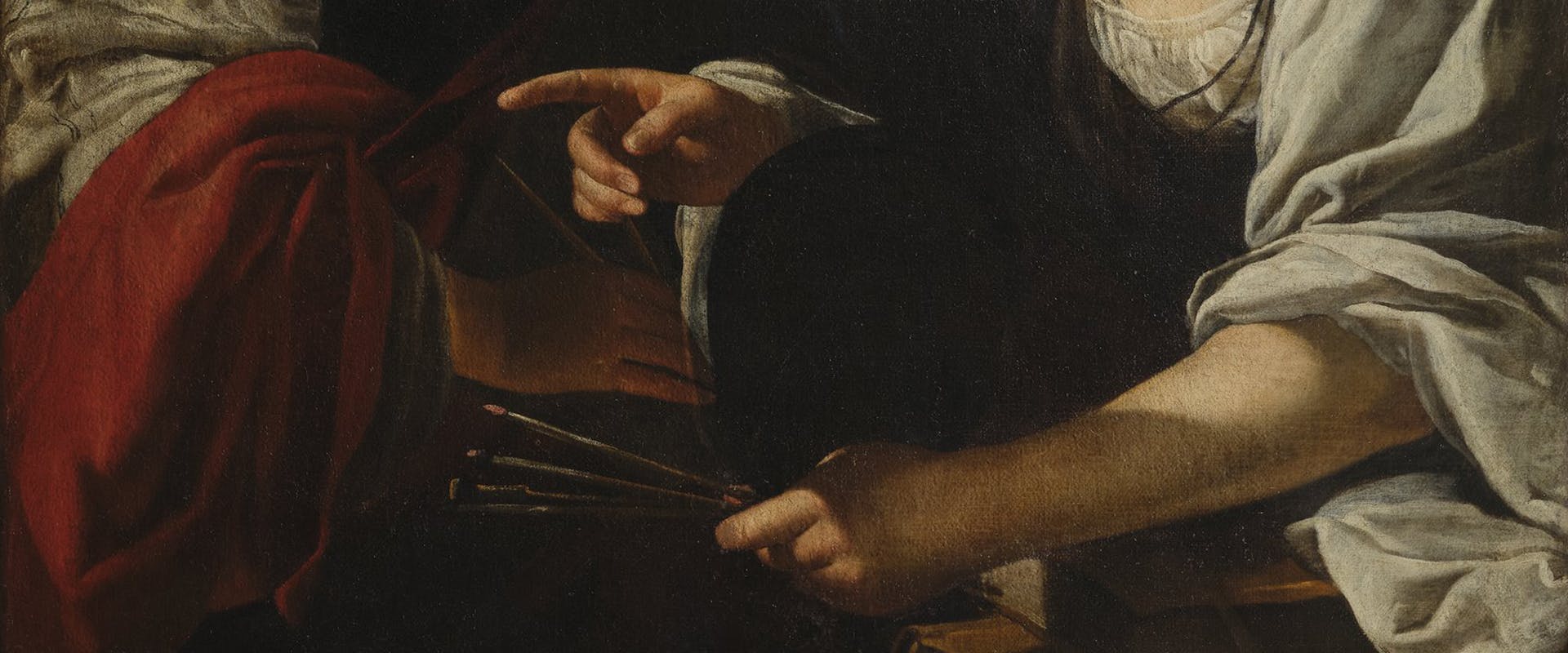"Uffizi diffusi" in Val d' Elsa
"The Allegory of Painting and Architecture" by Francesco Rustici on view in Casole d'Elsa.
"Uffizi diffusi" in Val d' Elsa
With the “Uffizi diffusi” project, the Florentine Galleries bring to the Casole d'Elsa's museum a precious work by Francesco Rustici known as Rustichino, an early 17th-century Sienese painter: "The Allegory of Painting and Architecture." The painting is the focus of the exhibition "Francesco Rustici known as Rustichino (Siena, 1592 -1626) and his family. Two generations of artists active in Casole d'Elsa", curated by Patrizia La Porta, director of the Casole's museum. The exhibition runs through Aug. 7.
"The Allegory of Painting and Architecture" was executed for the Medici family around 1621 - 1622: two young women, personifications of Painting and Architecture, are identified by the attributes typical of the two arts, namely, drawing, brushes and compasses. In the exhibition, the Uffizi's painting is compared with the canvas, also by Rustici, depicting Saint Catherine exchanging her heart with Jesus. This work, belonging to the museum in Casole, dates from around 1615, shortly after the frescoes painted by the painter, together with his father Vincenzo, for the local church of San Niccolò.
The exhibition compares two different moments and genres of Francesco Rustici's art, along with the works of his family, active in Casole for two generations: his father Vincenzo, his uncle Cristofano, his uncle Alessandro Casolani and his cousin Ilario. The first room displays the books of accounts and resolutions of the "Compagnia della Madonna di San Niccolò", discovered in 2002 on the occasion of the exhibition dedicated to Alessandro Casolani. These documents describe an unpublished piece of Casole d'Elsa's history and, moreover, clarify the relationship of collaboration and trust between the Casolani/Rustici's workshop and that lay Compagnia. The exhibition concludes with a short film inspired by the artists, places and some of the works included in the exhibition: a tribute and at the same time a way to illustrate the landscape and the cultural features of the Casole d'Elsa's territory.
